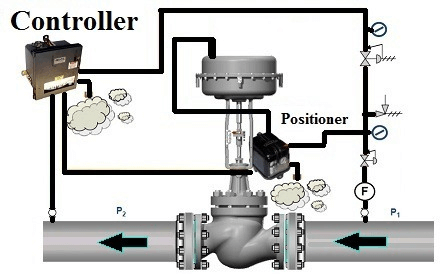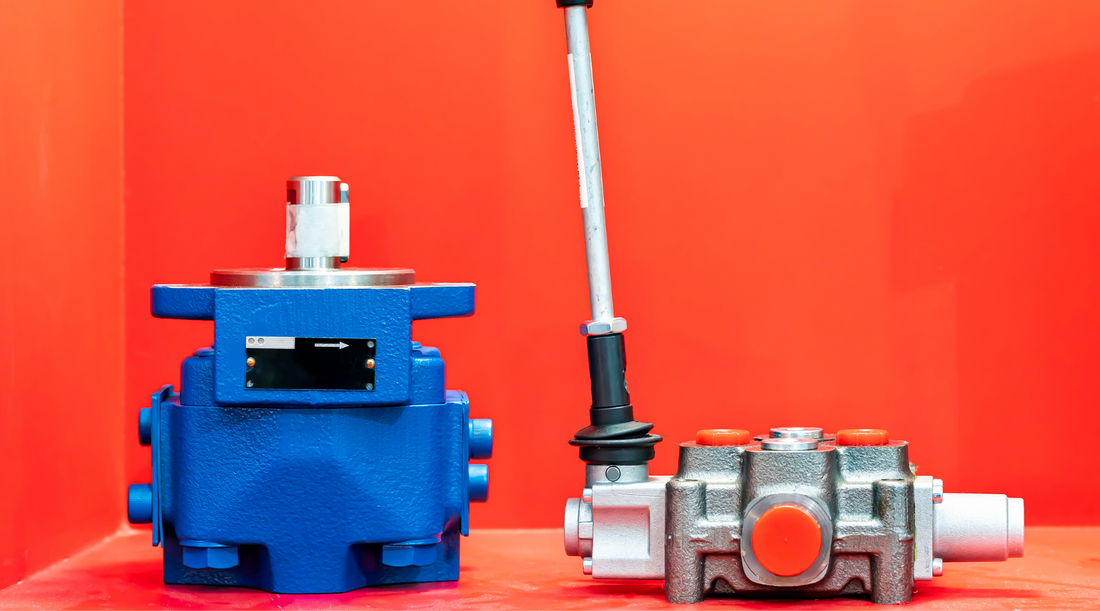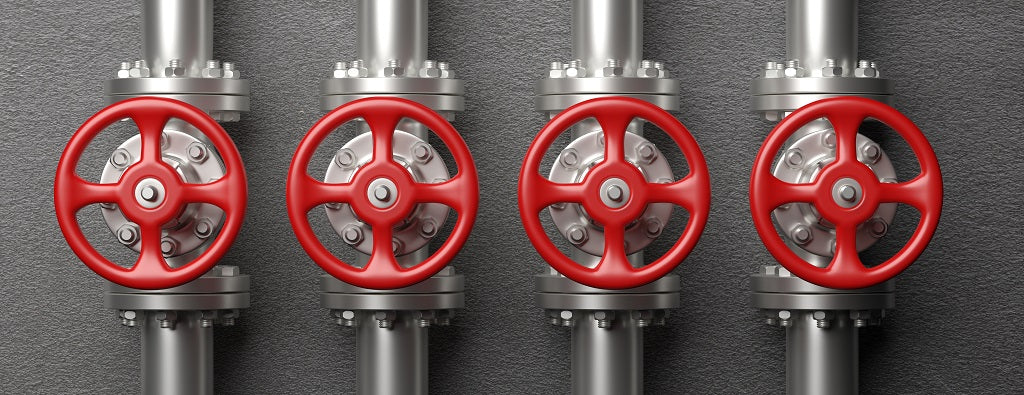How Control Valves Influence Energy Efficiency in Industrial Settings
How Control Valves Influence Energy Efficiency in Industrial Settings
Blog Article

Maximize Energy Cost Savings and Convenience With Advanced Building Automation Controls
In the realm of modern architecture and center administration, the assimilation of advanced structure automation controls stands as a critical innovation. By harnessing the power of automation, structures can adapt, respond, and evolve in methods that were once inconceivable.
Energy Performance Perks
Energy efficiency advantages can significantly decrease energy intake and functional prices in buildings. By implementing energy-efficient practices and technologies, building owners and drivers can accomplish considerable financial savings while likewise adding to ecological sustainability. One of the main benefits of enhancing power efficiency in buildings is the decrease of energy bills. Energy-efficient systems, such as advanced building automation controls, can enhance the use of sources like lights, home heating, and air conditioning, causing lower energy costs with time.
Moreover, boosted power performance can prolong the life expectancy of structure tools and systems. By operating more effectively, heating and cooling systems, lighting fixture, and various other building components experience much less wear and tear, leading to minimized upkeep and replacement expenses. In addition, energy-efficient buildings commonly regulate higher building values and rental rates, offering lasting economic advantages to proprietors.
Furthermore, power efficiency can improve owner convenience and efficiency. Properly controlled indoor settings with optimum lighting and thermal problems produce a more pleasant and favorable workspace, resulting in enhanced employee contentment and performance. Generally, the power effectiveness benefits related to sophisticated building automation controls are multifaceted, incorporating price financial savings, ecological stewardship, and occupant well-being.
Boosted Convenience Control
Enhancing convenience control in structure environments calls for an innovative combination of advanced automation systems for optimum occupant health. By making use of advanced structure automation controls, centers can tailor the interior atmosphere to fulfill the certain requirements and choices of occupants. These systems enable accurate regulation of lights, temperature level, and ventilation, producing a effective and comfy environment. Passenger complete satisfaction and productivity are carefully linked to thermal comfort, making it necessary to have systems in area that can adjust to transforming conditions in real-time.
Improved convenience control exceeds basic temperature changes. It consists of functions such as customized settings, tenancy sensors, and natural light use to create a dynamic and responsive atmosphere. By integrating these innovative controls, structures can not only improve convenience however likewise boost power efficiency by maximizing system operations based on actual tenancy and use patterns. Inevitably, prioritizing owner convenience via innovative automation systems causes a more pleasurable and much healthier indoor atmosphere.
Functional Efficiency Improvements

Additionally, the implementation of real-time surveillance and analytics tools allows building drivers to identify energy inadequacies and functional anomalies quickly. By constantly checking energy usage patterns and system performance metrics, adjustments can be made in real-time to enhance energy intake and make sure peak functional effectiveness. control valves. Furthermore, incorporating demand reaction methods right into structure automation controls can even more boost operational effectiveness by dynamically adjusting power usage based upon grid conditions and rates signals
Indoor Environment Optimization
Effective indoor environment optimization is a fundamental aspect of building automation controls, making certain passengers' convenience and well-being while maximizing power cost savings. By utilizing sophisticated sensing units and controls, building automation systems can continuously readjust and keep an eye on temperature level, moisture degrees, air top quality, and ventilation to create an optimal interior atmosphere. Preserving comfy and consistent problems not only improves passenger satisfaction however likewise enhances efficiency and overall wellness.
Interior climate optimization also plays an important role in energy effectiveness. By fine-tuning air flow, home heating, and air conditioning systems based upon real-time data and tenancy patterns, constructing automation controls can considerably minimize energy usage - control valves. Carrying out methods such as demand-controlled air flow and thermal look what i found zoning can assist reduce energy waste while guaranteeing that each location of the building gets the necessary conditioning.

Sustainable Atmosphere Development
Structure automation regulates not just enhance indoor environment conditions for power performance and occupant comfort however also lay the structure for producing a sustainable atmosphere through strategic monitoring of systems and sources. By incorporating sophisticated structure automation modern technologies, such as sensors, actuators, and intelligent software application, facilities can readjust and check energy usage in real-time to reduce waste and decrease their carbon footprint. These systems allow anticipating upkeep, recognizing prospective concerns prior to they intensify and maximizing tools efficiency to improve long life and effectiveness.
Additionally, sustainable atmosphere production prolongs beyond energy administration to include water preservation, waste reduction, and indoor air high quality enhancement. Building automation controls can manage water usage, spot leaks, and make sure proper garbage disposal methods, contributing to total sustainability initiatives. In addition, by monitoring and controlling ventilation and filtration systems, these technologies enhance occupant health and wellness and efficiency while lowering energy intake connected with HVAC procedures.
Conclusion
Finally, progressed building automation regulates offer substantial advantages in terms of power financial savings, comfort control, functional effectiveness, indoor climate optimization, and developing a lasting setting. By carrying out these controls, buildings can accomplish ideal performance while minimizing power intake and improving occupant comfort. It is evident that making use of innovative automation technology is crucial in enhancing structure efficiency and developing a more lasting future.
Energy efficiency advantages can pop over to this site significantly decrease energy intake and functional expenses in buildings. On the whole, the energy performance benefits linked with sophisticated structure automation controls are diverse, incorporating price financial savings, ecological stewardship, and occupant well-being.
In addition, including demand response methods into building automation controls can further improve functional effectiveness by dynamically readjusting energy use based on grid conditions and rates signals.
Structure automation regulates not just maximize interior environment conditions for energy effectiveness and owner comfort yet additionally lay the structure for producing a sustainable atmosphere via strategic management of resources and systems.In final thought, advanced building automation controls deal considerable advantages in terms of energy financial savings, convenience control, operational efficiency, interior environment optimization, and producing a sustainable setting.
Report this page